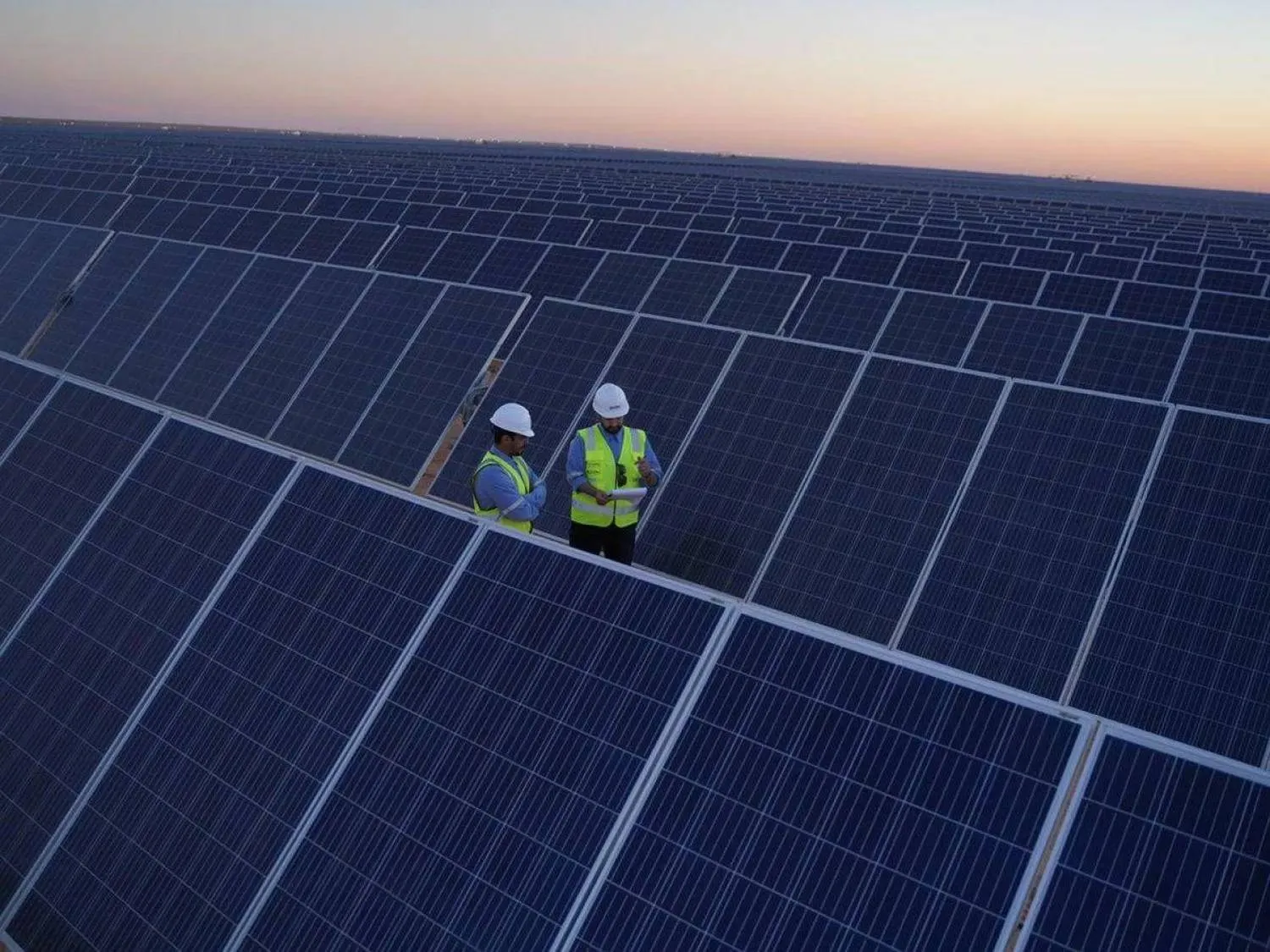Morocco’s Central Bank (Bank Al-Maghrib) has maintained its benchmark interest rate unchanged at 2.25%, stating that current borrowing cost levels remain consistent with inflation expectations.
In a statement issued following the quarterly meeting of its board of directors on Monday, the bank explained that the average inflation rate is expected to reach 1% in 2025, supported by a decline in food prices, before gradually rising to 1.8% in 2026.
The statement noted that the outlook for the national economy remains surrounded by a high degree of uncertainty, due to ongoing geopolitical tensions, fluctuations in global trade policies, and the volatile performance of the domestic agricultural sector.
Domestically, according to annual national accounts data released by the High Commission for Planning, the Moroccan economy grew by 3.8% in 2024, a much faster pace than indicated by the quarterly data for the same year. According to Bank Al-Maghrib’s forecasts, economic growth is expected to accelerate to 4.6% in 2025, before stabilizing at 4.4% in 2026.
The agricultural sector’s value-added is projected to rise by 5% in 2025, driven by an estimated cereal harvest of 44 million quintals, according to the Ministry of Agriculture, and by 3.2% in 2026, based on an assumed average output of 50 million quintals. As for non-agricultural sectors, supported by ongoing investment in infrastructure, they are expected to grow by approximately 4.5% in both 2025 and 2026.
Regarding external accounts, trade exchanges are expected to improve gradually over the medium term, with the direct impact of US tariffs remaining limited. Export growth is estimated at around 5.1% in 2025 and 9% in 2026, driven particularly by increased exports of phosphate and its derivatives, which are projected to reach 106.7 billion dirhams by 2026.









